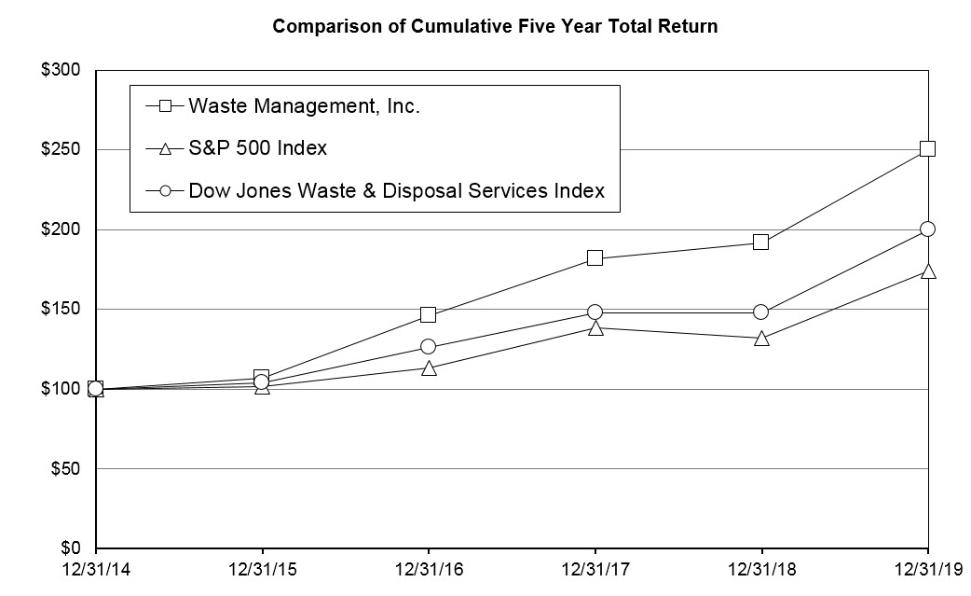Free signup for more
- Track your favorite companies
- Receive email alerts for new filings
- Personalized dashboard of news and more
- Access all data and search results
Content analysis
?| Positive | ||
| Negative | ||
| Uncertain | ||
| Constraining | ||
| Legalese | ||
| Litigious | ||
| Readability |
H.S. freshman Avg
|
|
New words:
accuracy, add, advocate, alerted, aware, Basin, CCPA, cloud, commence, commenced, commencement, confirmed, confusion, consummation, cradle, Delinquent, dissatisfied, distraction, driver, drought, Eagle, earlier, electronically, enjoining, enterprise, erode, ERP, ESG, EY, fallen, flooding, Ford, foreseeable, formal, formatted, grave, harm, implicit, inconsistent, Inline, intake, Interactive, interrupted, interruption, introduced, lack, leasehold, length, LP, mathematical, memoranda, mercury, mill, NaN, newly, onsite, overcome, overlapping, pace, page, patchwork, Permian, Petro, plummer, poised, prioritized, prone, publicly, rain, rapid, rapidly, reconsider, restraining, retail, retrofitting, RIN, rolling, satisfaction, satisfactory, satisfy, scarcity, scrutinizing, sea, Shale, signaling, slower, stability, stemming, strongest, thereunder, therewith, tonnage, transmit, trend, unexpected, unfounded, usage, user, vegetative, waiver, wildfire, william, worldwide
Removed:
accelerate, aluminum, Barry, began, borrowed, Branch, Caldwell, called, Chase, Concurrent, consumption, coupon, defense, derivative, designated, duration, excise, floor, greener, Gulch, Hawaii, hedge, hedged, Honolulu, imported, inception, inform, Jeff, JPMorgan, Linkbase, loan, Medium, memorandum, modify, Nova, objective, partnered, penalty, PNC, port, positively, prepayable, presidential, restructure, retrospective, retrospectively, revise, routing, Sanitary, Scotia, settle, solution, strictly, study, SWS, tab, tracking, trash, Trevathan, underestimate, Waimanalo, WMHI, workday
Filing tables
Filing exhibits
Related press release
Associated WM transcripts
WM similar filings
Filing view
External links
